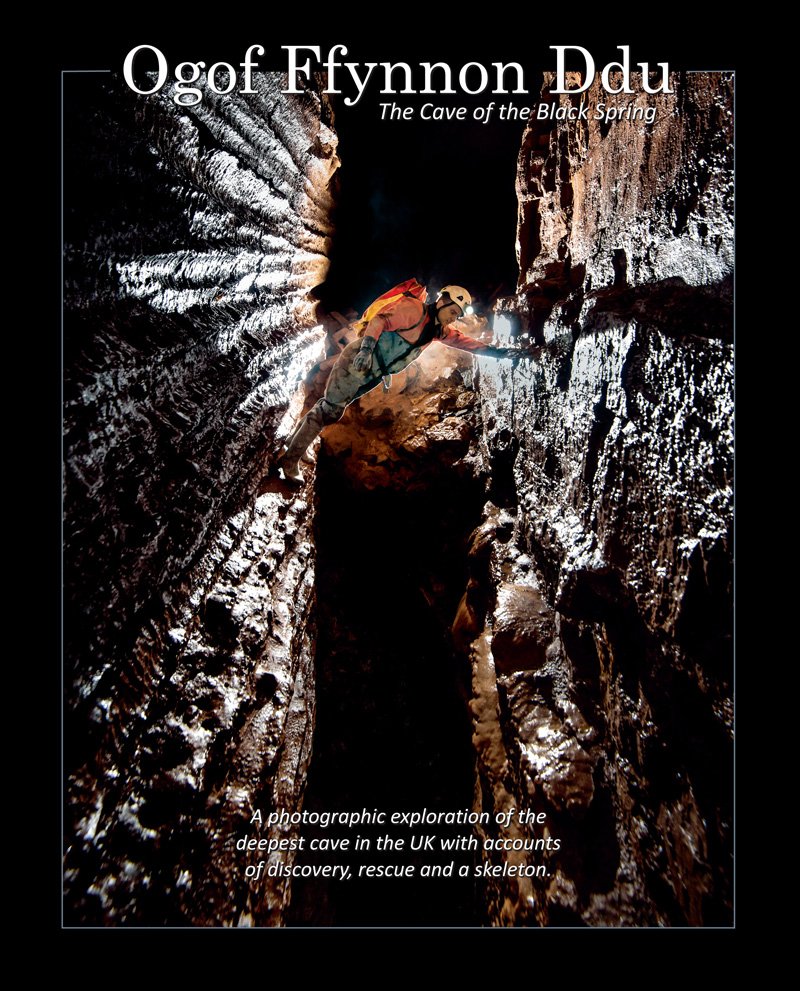Interesting story on the UK's mustard gas production during WW2, but has anyone heard of Projects Wellbright, Mallard and Trojan that were to use the excavations some time after WW2?
http://www.subbrit.org.uk/rsg/sites/r/rhydymwyn/history.html
The Valley factory site was used until the early 1990s mainly as a buffer depot. The site covers 86.8 acres, has seven miles of secure fencing and has always been 'Secret'. This has led to some bizarre conspiracy theories; it was never an alternate to Corsham that was Drakelow. The nation's art treasures were stored at Manod not Valley. There is no fourth tunnel; the footprint of the tunnels today is the same as in 1941. There is no evidence of any secret communications centre. No steam engines ran in the tunnels, there is a rational explanation. There is no evidence of food being stored in the tunnels by the EEC. There were however secret plans for the tunnels which were Projects Wellbright, Mallard and Trojan.
http://www.subbrit.org.uk/rsg/sites/r/rhydymwyn/report.html
http://www.subbrit.org.uk/rsg/sites/r/rhydymwyn/history.html
The Valley factory site was used until the early 1990s mainly as a buffer depot. The site covers 86.8 acres, has seven miles of secure fencing and has always been 'Secret'. This has led to some bizarre conspiracy theories; it was never an alternate to Corsham that was Drakelow. The nation's art treasures were stored at Manod not Valley. There is no fourth tunnel; the footprint of the tunnels today is the same as in 1941. There is no evidence of any secret communications centre. No steam engines ran in the tunnels, there is a rational explanation. There is no evidence of food being stored in the tunnels by the EEC. There were however secret plans for the tunnels which were Projects Wellbright, Mallard and Trojan.
http://www.subbrit.org.uk/rsg/sites/r/rhydymwyn/report.html



